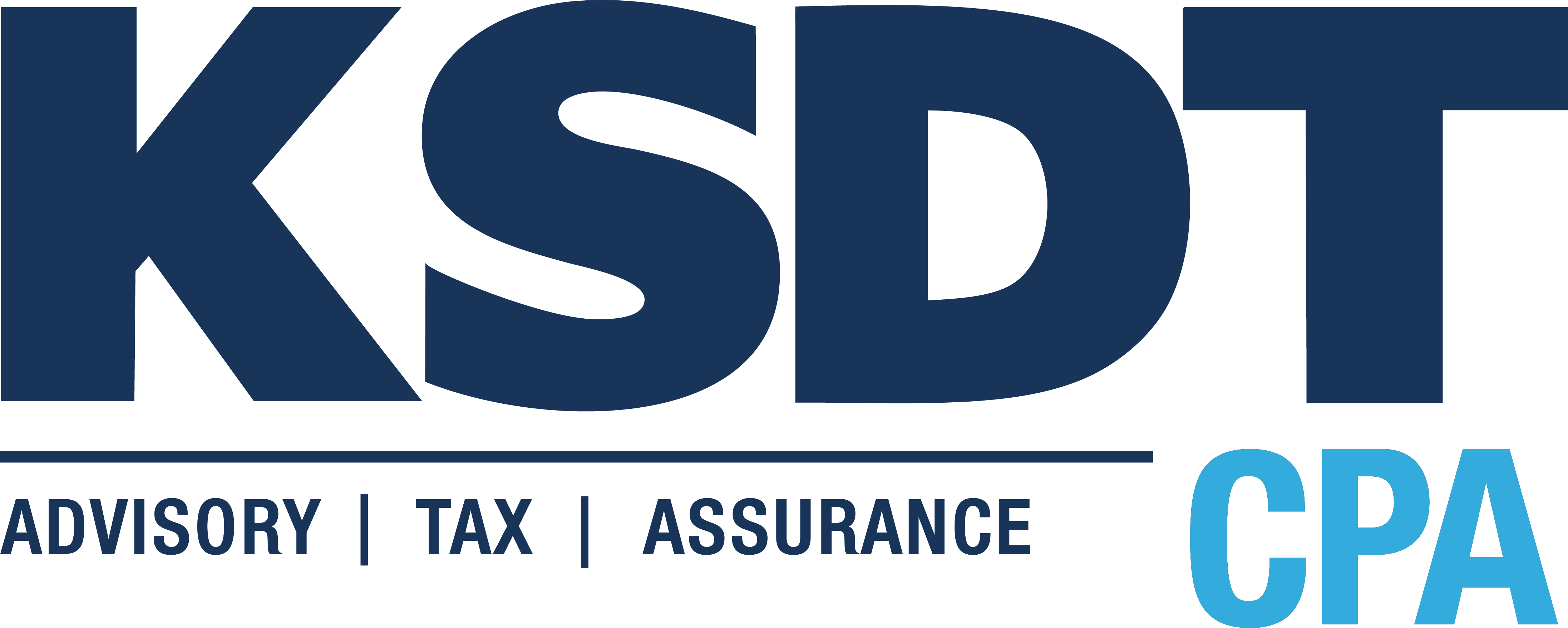IRS examiners usually do their homework before meeting with taxpayers and their professional representatives. This includes reviewing any relevant Audit Techniques Guides (ATGs) that typically focus on a specific industry or audit-prone business transaction.
|
IRS Jumps into Golden Parachutes The IRS updated its Audit Techniques Guide (ATG) on golden parachute payments in 2017. After a corporate takeover, officers who leave the company may receive “golden parachutes.” Such payments may be controversial with shareholders if they exceed severance given to other departing employees. Golden parachute payments are nondeductible and could trigger a 20% penalty if deemed excessive. A parachute payment doesn’t include any reasonable amount paid for services to be rendered before, on or after the date of change in ownership or control. Certain exceptions may be made for qualifying small business corporations. And payments to or from a qualified pension or profit-sharing plan, 403(a) annuity, simplified employee pension or SIMPLE plan aren’t considered parachute payments. The new ATG explains how examiners can detect golden parachute payments, including a nine-step guide and flowchart to performing a parachute examination. It also provides a laundry list of documents to review in connection with these issues. The IRS updated several ATGs, including ones for conservation easements and cost segregation studies, at the end of 2016. |
Though designed to help IRS examiners prepare for audits, ATGs are available to the public. So, small business taxpayers can review them, too — and gain valuable insights into issues that might surface during audits.
Auditor Specialization
In the past, IRS examiners were randomly assigned to audit taxpayers from all walks of life, with no real continuity or common thread. For example, after an examiner audited a dentist, the next assignment he or she received might have been a fishing boat captain or a convenience store owner. Therefore, there was little chance to develop expertise within a particular niche.
To remedy this, the IRS created its Market Segment Specialization Program (MSSP), which expanded rapidly during the 1990s. The MSSP allowed IRS auditors to focus on specific sectors. Through education and experience, examiners became better equipped to identify and detect noncompliance with the tax code.
The IRS started publishing ATGs as an offshoot of the MSSP. Most ATGs target major industries, such as construction, manufacturing and professional practices (including physicians, attorneys and accountants). Other ATGs address issues that frequently arise in audits, such as executive compensation and fringe benefits.
The IRS periodically revises and updates the ATGs and adds new ones to the list. (See “IRS Jumps into Golden Parachutes” at right.)
A Closer Look at ATGs
What does an ATG cover? The IRS compiles information obtained from past examinations of taxpayers and publishes its findings in ATGs. Typically, these publications explain:
- The nature of the industry or issue,
- Accounting methods commonly used in an industry,
- Relevant audit examination techniques,
- Common and industry-specific compliance issues,
- Business practices,
- Industry terminology, and
- Sample interview questions.
The main goal of ATGs is to improve examiner proficiency. By using a specific ATG, an examiner may, for example, be able to reconcile discrepancies when reported income or expenses aren’t consistent with what’s normal for the industry or to identify anomalies within the geographic area in which the taxpayer resides. The guides also help examiners plan their audit strategies and streamline the audit process.
Over time, the information and experience gained about a particular market segment can help examiners conduct future audits with greater efficiency. Some of this information is incorporated into periodic ATG updates. Furthermore, IRS examiners are routinely advised about industry changes through trade publications, trade seminars and information sharing with other personnel.
Site Visits and Interviews
ATGs also identify the types of documentation that taxpayers should provide and information that might be uncovered during a tour of the business premises. These guides may be able to identify potential sources of income that could otherwise slip through the cracks.
For example, the ATG for the legal profession identifies revenue streams derived from outside the general practice, such as serving on a board of directors, speaking engagements, and book writing or editing. The guide encourages IRS examiners to inquire about potential revenue sources during the initial interview with the taxpayer.
Other issues that ATGs might instruct examiners to inquire about include:
- Internal controls (or lack of controls),
- The sources of funds used to start the business,
- A list of suppliers and vendors,
- The availability of business records,
- Names of individual(s) responsible for maintaining business records,
- Nature of business operations (for example, hours and days open),
- Names and responsibilities of employees,
- Names of individual(s) with control over inventory, and
- Personal expenses paid with business funds.
For example, one ATG focuses specifically on cash-intensive businesses, such as liquor stores, salons, check-cashing operations, gas stations, auto repair shops, restaurants and bars. It highlights the importance of reviewing cash receipts and cash register tapes for these types of businesses.
Cash-intensive businesses may be tempted to under report their cash receipts, but franchised operations may have internal controls in place to deter such “skimming.” For instance, a franchisee may be required to purchase products or goods from the franchisor, which provides a paper trail that can be used to verify sales records.
Likewise, when auditing a liquor store owner, examiners are taught to search for off-book wholesalers and check cashers. For gas stations, examiners must check the methods of determining income, rebates and other incentives. Restaurants and bars should be asked about net profits compared to the industry average, spillage, pouring averages and tipping.
Bottom Line
During an audit, IRS examiners focus on those aspects that are unique to the industry, as well as ferreting out common means of hiding income and inflating deductions. ATGs are instrumental to that process.
Although ATGs were created to benefit IRS employees, they also help small businesses ensure they aren’t engaging in practices that could raise red flags. To access the complete list of ATGs, visit the IRS website. And for more information on hot tax issues that may affect your business, contact your tax advisor.
How Can We Help?
Call or email our team today
KSDT CPA is ready to navigate the process with you. Fill out the form below and our team will contact you shortly.



